No products in the cart.
Gel Foot Sleeve Arch Supports for Plantar Fasciitis
£7.99inc VAT
You Get:
- 2x High Premium Quality Gel Foot Sleeve Arch Supports for Plantar Fasciitis (Left and Right foot)
- One size fits all (Stretch Fit)
- For both Men & Women
- Brand new and unused
- Material: Silicone Gel
- Designed to support the aches of your feet and relieve pressure and strain off your plantar fascia ligament as you walk
- Recommended for people with flat feet, high arches or suffering from Plantar Fasciitis
- Promotes healing by boosting blood flow to you feet helping reduce inflammation and swelling and supplies fresh oxygenated blood to your feet helping damaged tissue cells recover quicker
- Silicone gel soothes aches and pains in your feet and provides shock absorption to help better protect your feet whilst you recover from Plantar Fasciitis
- Helps restore biomechanical balance to your feet and prevent gait problems such as Overpronation and Supination which can lead to foot injuries
- The lightweight, breathable and non bulky design means these foot sleeves can be worn with or without shoes for long periods of time without any discomfort
- Perfect for wearing whilst running or playing sports to help give your feet extra support and protection against overuse foot injuries
- Includes a full 30 day money back guarantee!
Are you among the millions of people grappling with the relentless pain of plantar fasciitis? It’s tough, isn’t it? Every step feels like a jagged knife piercing through your heel, and even the simplest tasks become daunting. The searing discomfort, often worst in the morning, can turn your daily routine into a painful ordeal. But don’t despair. Here at NuovaHealth, we understand your struggle and might just have the solution you’ve been searching for.
Introducing the innovative arch support gel sleeves by FootReviver. Crafted with precision, these sleeves are designed specifically for those, like you, who suffer from plantar fasciitis and other foot-related injuries. But before we delve deeper into how these remarkable sleeves can ease your foot pain and rejuvenate your step, let’s first understand what plantar fasciitis is, how arch support works, and why it’s crucial in managing this condition and others.
Uncovering the Benefits of Arch Supports: Beyond Plantar Fasciitis
Besides from Plantar fasciitis there are also several other foot-related conditions and injuries where wearing arch supports can provide significant relief. Understanding these conditions and how arch supports can help is key to keeping your feet happy and healthy. Here are a few common ones you should know about:
By incorporating arch supports into your footwear, you can address these and other foot conditions more effectively, improving comfort and mobility. Always consult with a healthcare professional to determine the best type of arch support for your specific needs.
Discover Unmatched Comfort with FootReviver Arch Supports
Now that you understand a bit more about how arch supports work and their benefits in treating and preventing conditions like plantar fasciitis, let’s delve into what makes FootReviver arch supports a standout choice.
The Perfect Solution for Foot Pain
FootReviver has crafted these High Premium Quality Gel Foot Sleeve Arch Supports with a commitment to excellence. Sold as a pair, these supports are designed to fit both the left and right foot. Thanks to their stretch-fit, one size fits all, making them suitable for both men and women. If you have flat feet, high arches, or suffer from plantar fasciitis, these supports are highly recommended by podiatrists. Why? Because the support they offer is crucial.
Anatomically Contoured Fit for Customized Support
FootReviver arch supports are designed with an anatomically contoured fit that adapts to the natural shape of your foot. This customized fit provides targeted support precisely where it’s needed most, enhancing overall foot stability and comfort. The contoured design ensures that the supports stay in place, reducing the chance of slippage and enhancing their effectiveness. For instance, if you have high arches or specific pressure points, this feature ensures that each part of your foot receives the correct amount of support, reducing pain and improving your walking experience.
Innovative Silicone Gel Arch Support
The inbuilt silicone gel arch in these supports works wonders in soothing aches and pains. It also provides superior shock absorption. This feature protects your feet as you recover from plantar fasciitis and other injuries. The support doesn’t stop there. Designed to relieve pressure and strain off your plantar fascia ligament while you walk, these sleeves help restore biomechanical balance to your feet. This is crucial in preventing gait problems like overpronation and supination, which could lead to further foot injuries.
Wearing FootReviver arch supports means walking with ease, knowing you’re supported every step of the way. Isn’t that reassuring?
Soothing Targeted Compression
FootReviver’s High Premium Quality Gel Foot Sleeve Arch Supports go beyond just providing structural support; they incorporate soothing targeted compression directly to your feet. This feature works by applying gently enveloping your foot with a uniform pressure that helps to reduce inflammation and alleviate pain associated with conditions like plantar fasciitis, heel spurs, and general foot fatigue. The targeted compression enhances blood circulation, promoting faster recovery and reducing swelling… Imagine being able to get back on your feet quicker, with less pain. Who wouldn’t want that?
Perfect for Daily Life
The lightweight, breathable, and non-bulky design of FootReviver arch supports ensures you can wear them with or without shoes, comfortably, for extended periods. Whether you’re at work, taking a stroll, or even running, these foot sleeves provide the extra support and protection your feet need. Perfect for athletes, they minimize the risk of overuse foot injuries, allowing you to stay active without the worry of pain holding you back.
Advanced Moisture-Wicking Fabric for Optimal Comfort
FootReviver arch supports feature an advanced moisture-wicking fabric that keeps your feet dry and comfortable throughout the day. This material efficiently absorbs sweat, preventing moisture build-up that can lead to discomfort, odor, and even fungal infections. For those who are active or live in warm climates, this feature ensures that your feet remain cool and dry, providing a more pleasant and hygienic wearing experience. Imagine going through your daily routine without the worry of sweaty, slippery feet—comfort at its best!
Enhanced Durability for Long-Lasting Use
Constructed with high-quality, durable materials, FootReviver arch supports are engineered to withstand regular use without losing their supportive properties. This feature is particularly important for individuals who require constant foot support due to chronic conditions like plantar fasciitis or flat feet. The durability ensures that you won’t need to frequently replace the supports, making them a cost-effective solution for long-term foot health. Picture the peace of mind knowing that your arch supports will last through the rigors of daily wear and tear, maintaining their effectiveness over time.
Peace of Mind and Assurance
What’s more, FootReviver offers a full 30-day money-back guarantee. This is not just a promise, but a testament to the confidence we have in our product. If you’re not fully satisfied, you get your money back. No questions asked. This guarantee provides you with complete peace of mind, so why wait?
Take the first step towards pain-free feet. Invest in FootReviver arch supports today and feel the difference. Your feet will thank you!
Fast & Secure Checkout Through Paypal
Pay with Paypal the secure payment gateway that accepts all credit and debit cards. Paypal is free and secure and no credit or bank information is ever stored or shared with us.
Fast Dispatch
Enjoy your items soon with quick dispatch via Royal Mail First Class. Expect to have your items between 1-3 days for domestic orders. 7-10 Working days for international orders.
Return Policy – 30 Day Money Back Guarantee
We are so confident that you will just love our product that we offer a full 30 day money back guarantee. In the unlikely event, you are unhappy with your purchase you can simply return it within 30 days for a refund. Please contact us via the form on the contact us page to start your return.
To return an item please send it to: Nuova Health UK, 81 Highfield Lane, Waverley, Rotherham, S60 8AL. Please include a note with your order id so we know who to refund. Please retain your postage receipt as proof of postage. All that we ask is that the item is in the original packaging and unused.
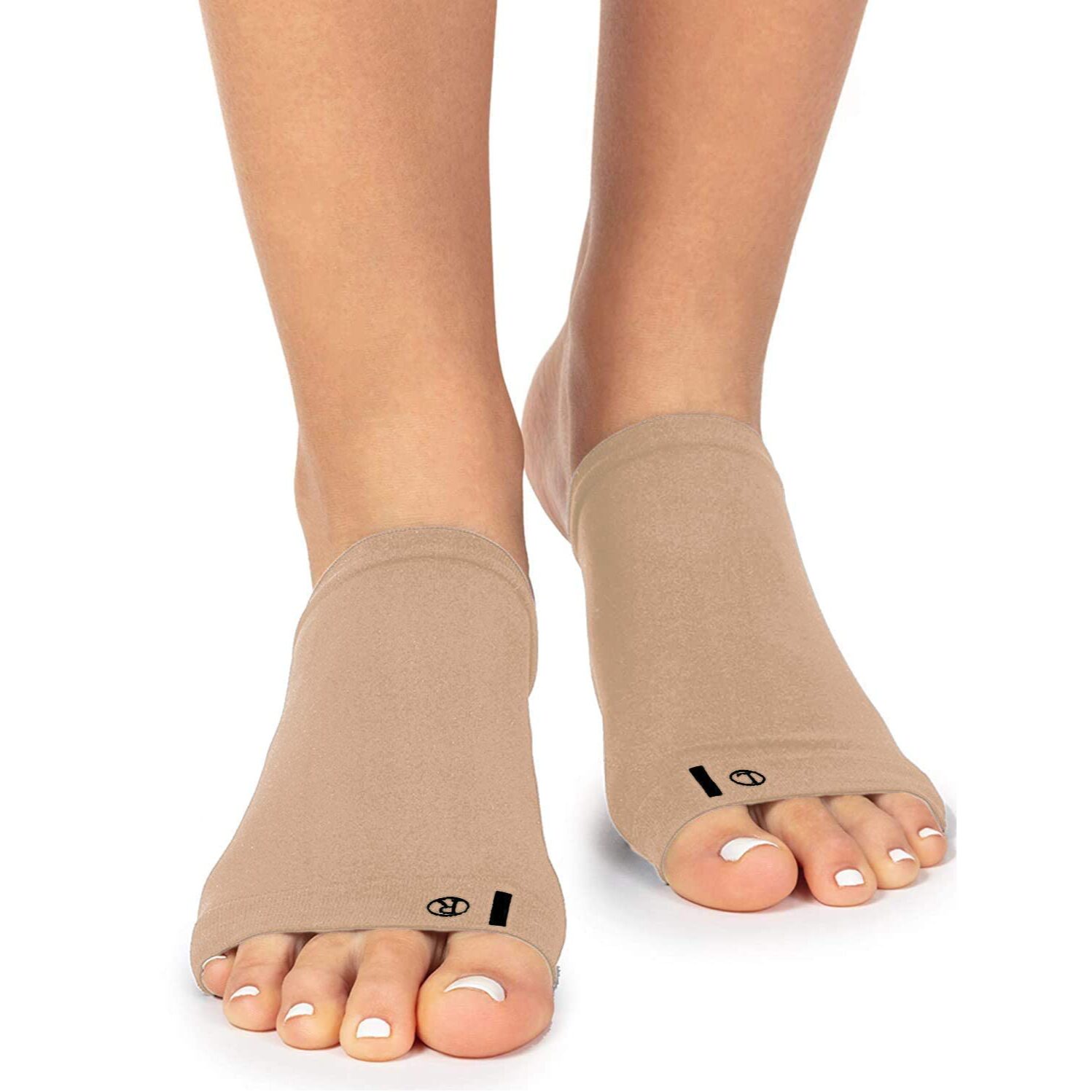
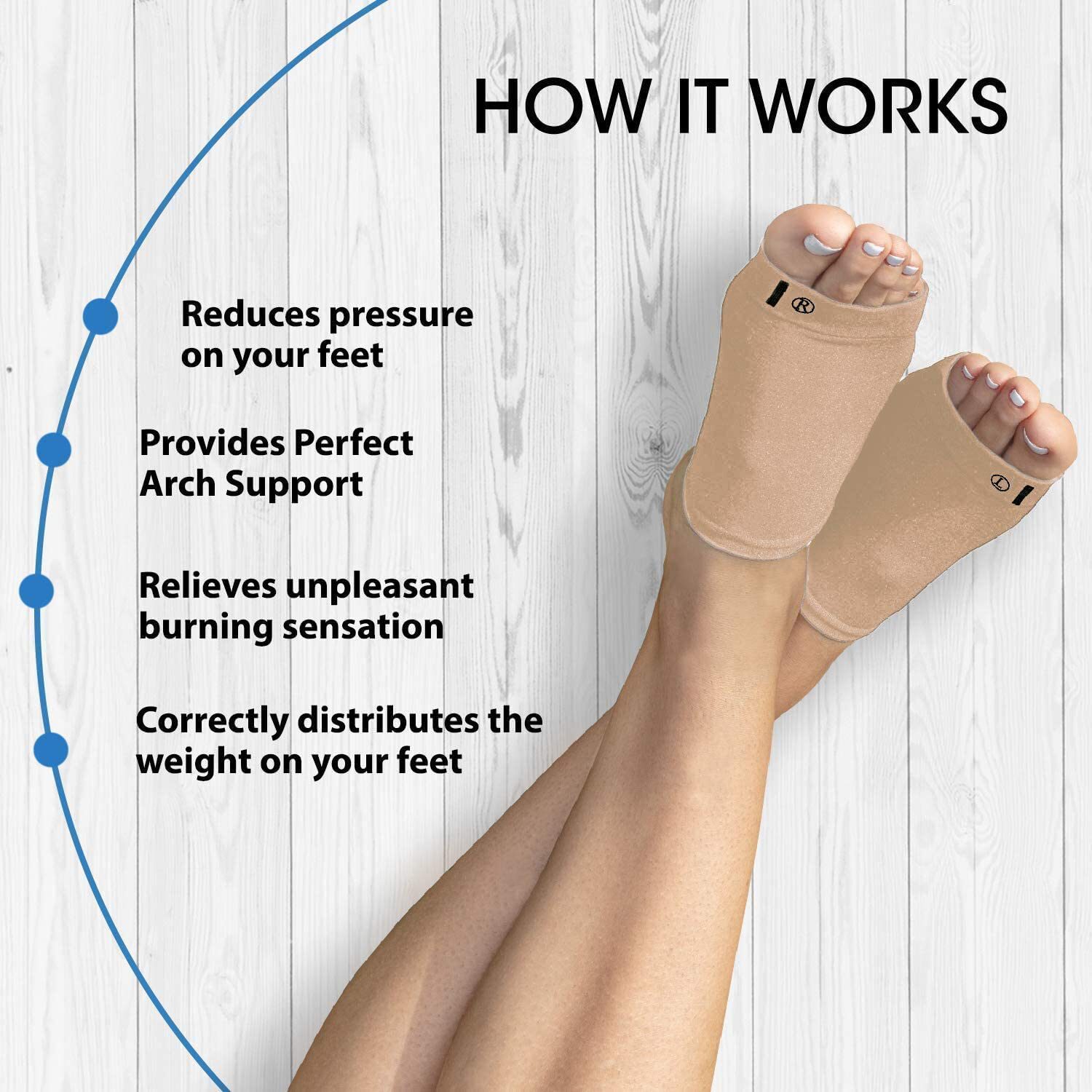
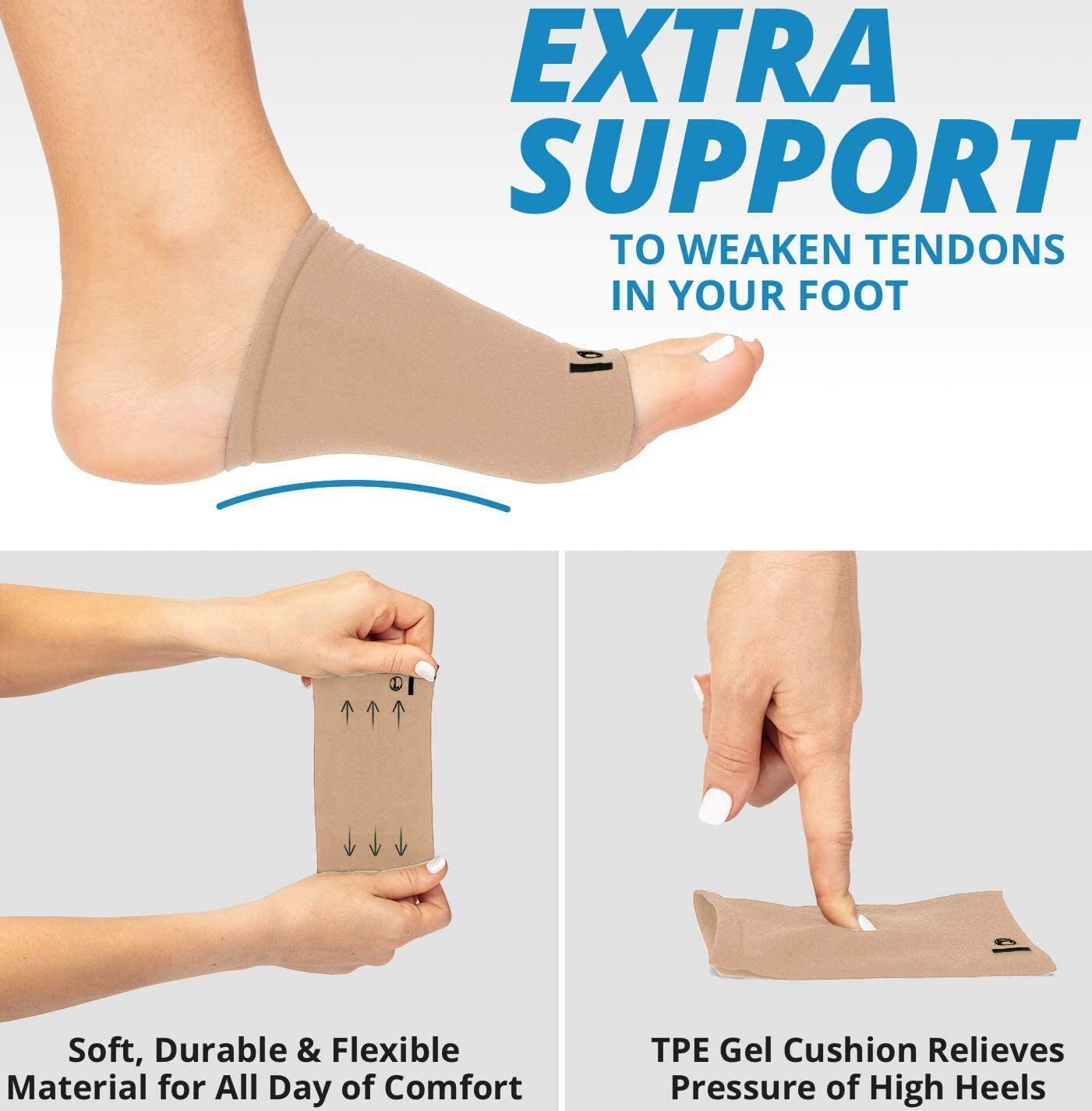
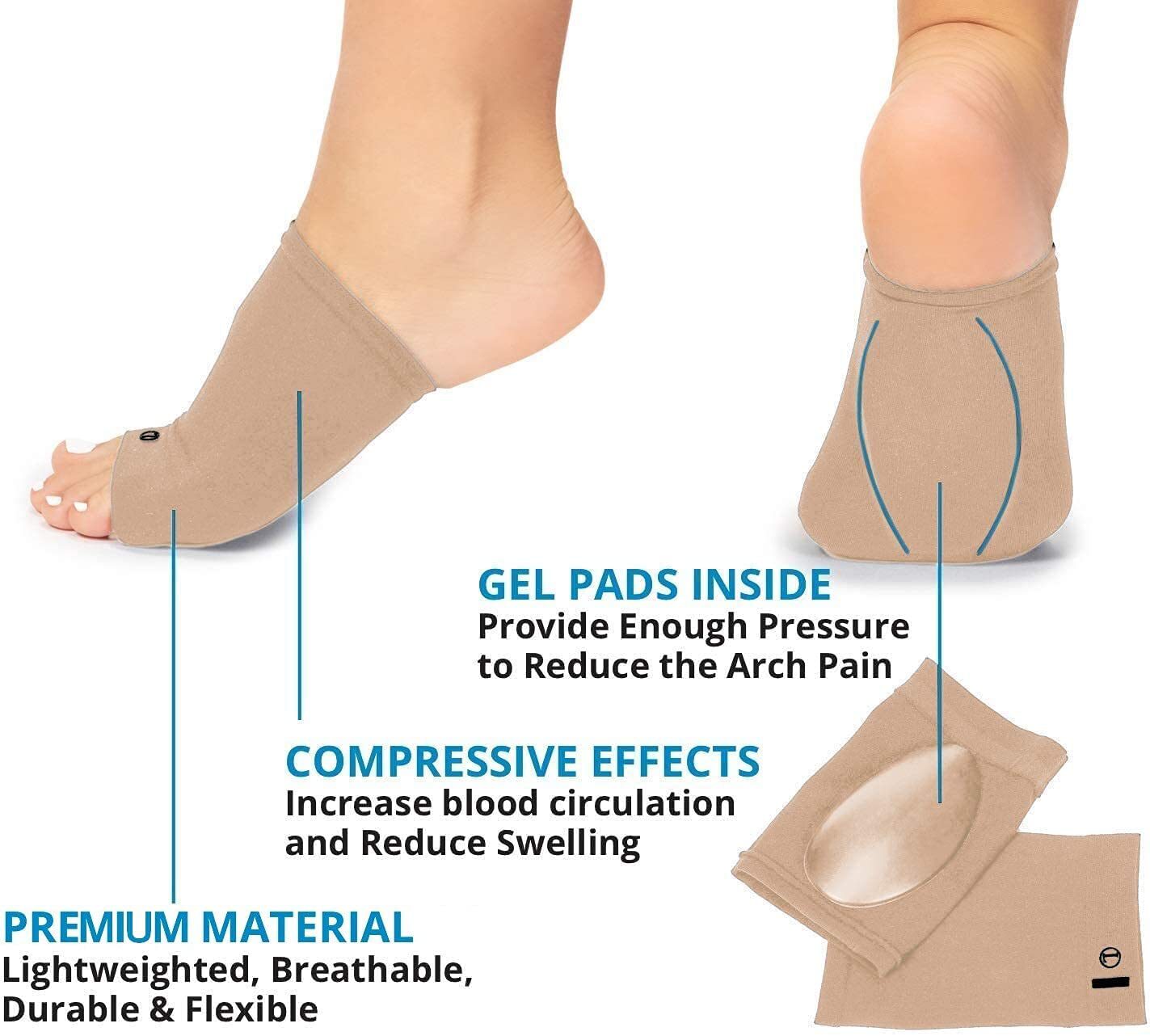
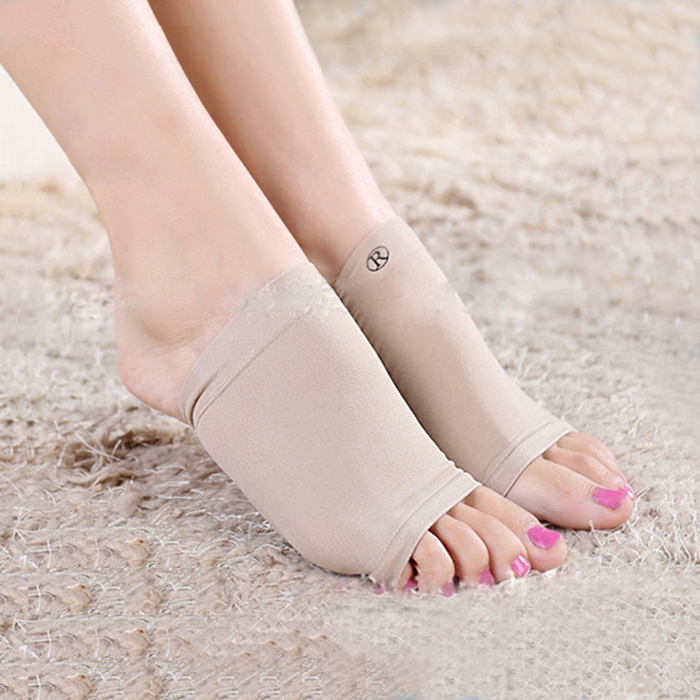
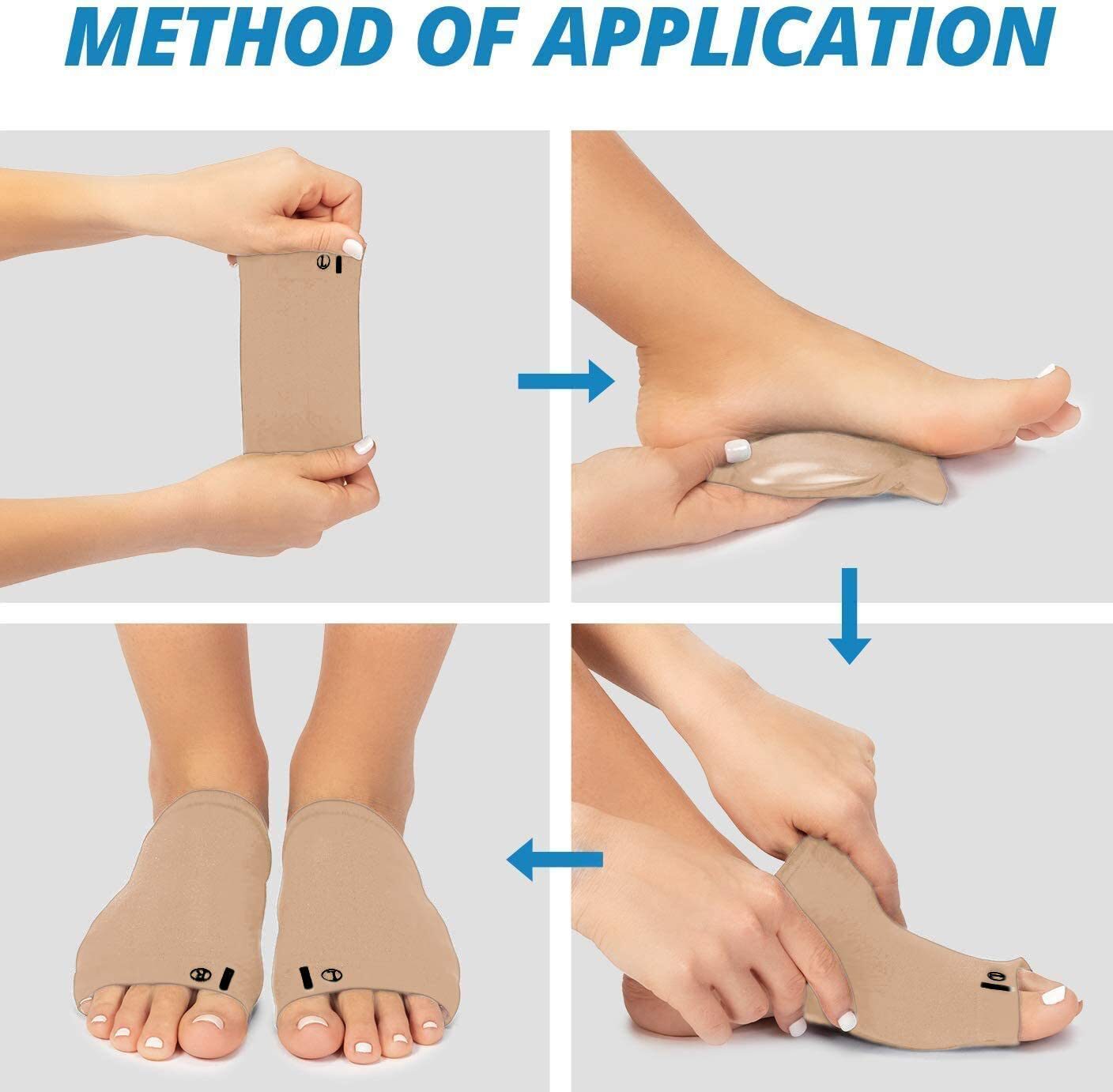
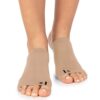
Reviews
There are no reviews yet.